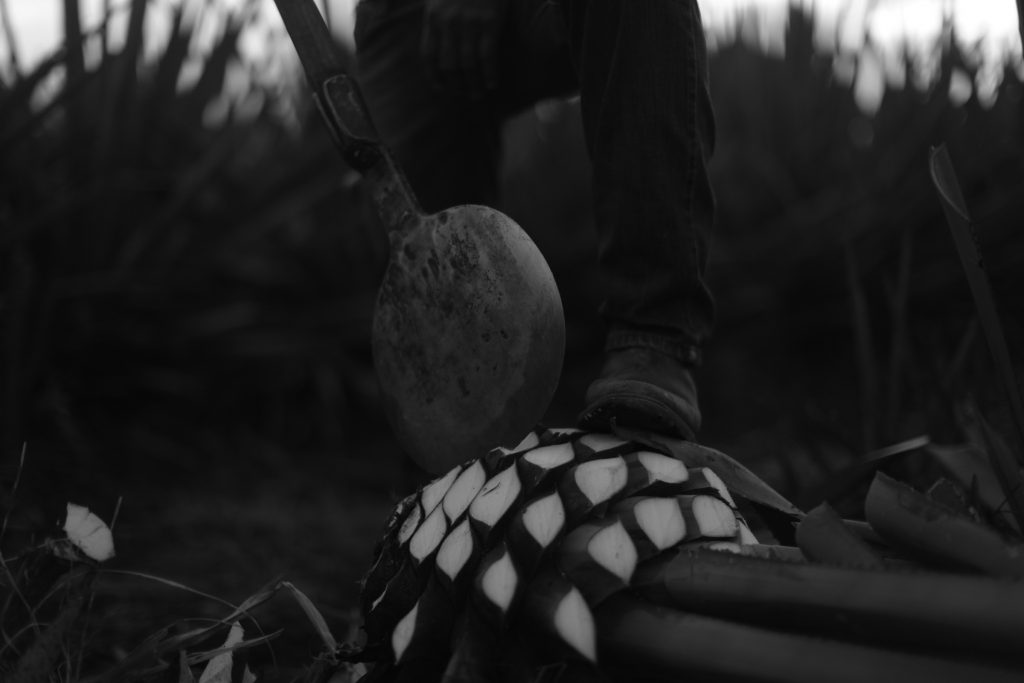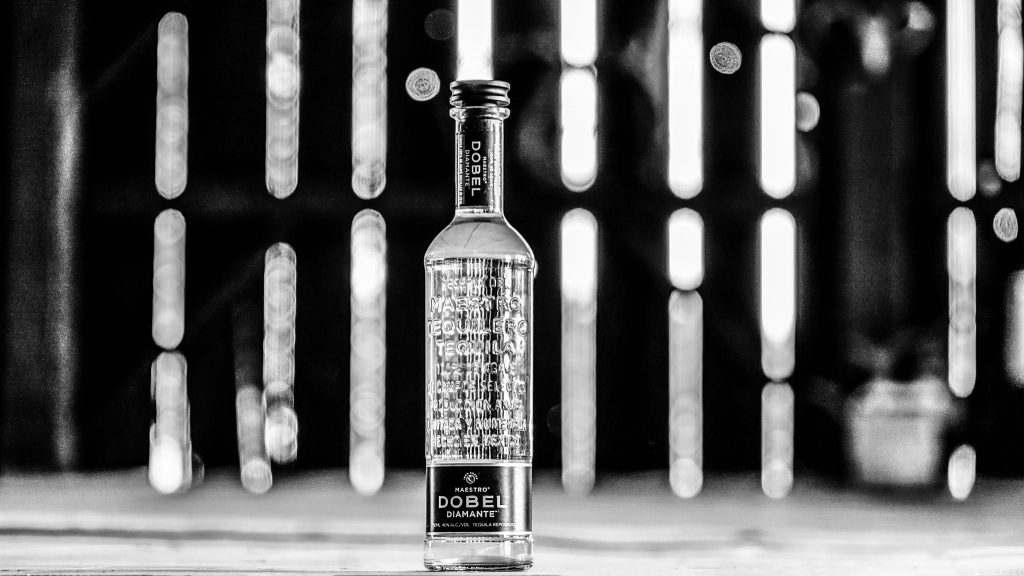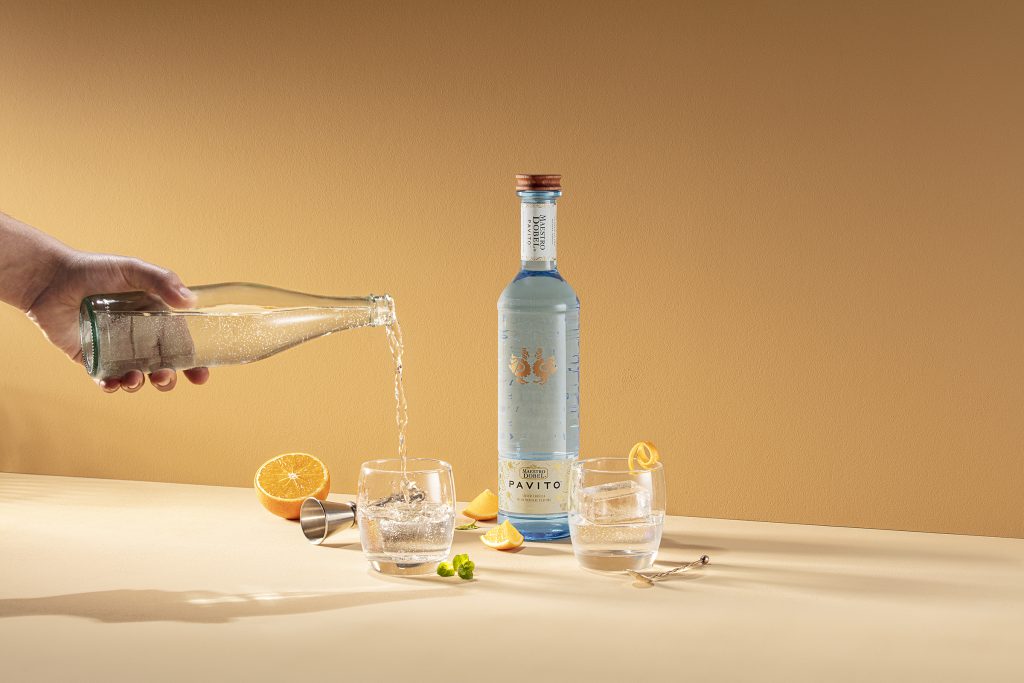Maestro Dobel Fuses Heritage and Innovation For Their Diamante Tequila
Why the cristalino category matters in Mexico and around the globe

Traveling around some of the best restaurants and bars in Mexico City, from Cuauhtémoc’s Contramar to Ciudad de México’s Rosa Negra and Meroma to Polanco’s Quintonil and finally downtown’s Azul Historico, one thing is abundantly clear: if you’re drinking tequila, you’re drinking Maestro Dobel. Be that in margaritas, of course, or palomas, sangritas, Bloody Maria’s and more, Dobel plays its part. This brand is as much a CDMX staple as the art museums and artist studios of the culturally flourishing city. Dobel has found itself in this prevalent position through a unique blend of heritage and innovation.
When it comes to the latter, just over a decade ago, Juan Domingo Beckmann Legorreta, the CEO of José Cuervo, looked at his portfolio of tequilas and realized something was missing. White tequilas were the most popular in the US market, and the brand had none. Legorreta knew he’d need something really different in order to break through the crowded spirit category and be a leader, not a follower.

Part of his idea was to take America’s love of whiskey and clear spirits and introduce a tequila style that appealed to these evolving tastes. “Back in 2008, Scotch whiskey was a major category worldwide, with people becoming more interested in aged spirits,” Legorreta tells us. “At the same time, Cosmopolitans were all the rage in cocktail glasses around the world. We looked at tequila—which really hadn’t evolved in generations—and thought we’d create something that had never been done before, which combined the fresh notes of a white tequila with an exceptional smoothness and the aged complexity of brown spirits.”
Dobel’s team set out to create the first-ever crystal-clear tequila aged in Eastern European barrels, blended with different liquid of various ages and filtered for smoothness and taste. Its category, cristalino, is now one of the most important—at home in Mexico, in the US and elsewhere. As for the heritage aspect, it was never lost.

Dobel’s traditional process begins with harvesting the agave. Though the Blue Weber Agave—the only agave that can be used to produce tequila—takes about four years to age, the Maestro Tequilero family and Dobel allow a minimum of eight years in an effort to get a greater concentration of flavor and aroma. What sets the cristalino apart from the other tequilas is the final step in their production process, in which an artisan method known as “Diamante” is deployed to eliminate the bitter flavors and the color that the tequila takes from the cask.
We believe you can only innovate when you completely understand your heritage
“We believe you can only innovate when you completely understand your heritage,” he explains. “And so, to understand our brand, you have to understand Mexico, our home. Look around at the food, the culture, the art and then you can understand how Dobel Diamante so easily fits into the landscape of modern Mexico. We all pay homage to our past. The artists through their color and techniques and us through our production process.”

He continues, “We honor what has come before us, but then we re-imagine the future. My family has been making tequila for over 10 generations and so, I’m not looking to change what they have achieved. Instead, I am taking their craft and mastery and using innovation to push the boundaries even further of what tequila can be and what tequila can taste like.”
Images courtesy of Maestro Dobel












